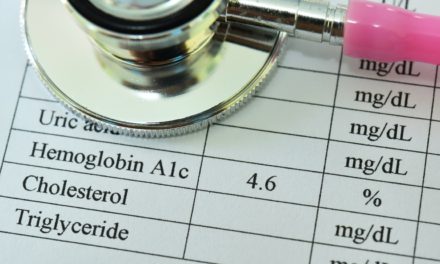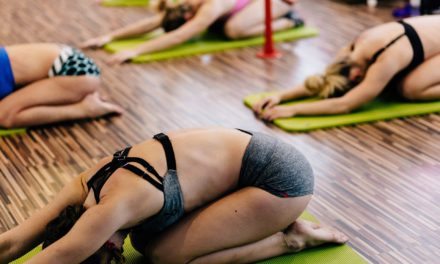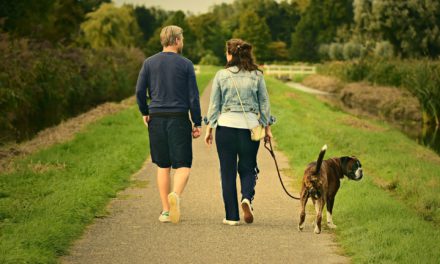Did you know that a fear of low blood sugar levels (also called hypoglycemia) following exercise is the most common reason people with diabetes have a hard time meeting recommended exercise guidelines? Stanford researcher Dr. Dessi Zaharieva recently presented “Diabetes & Exercise in the Time of COVID-19” through Stanford’s renowned Project Echo Diabetes series. She discussed exercise guidelines, common glucose trends observed during physical activity, and ways to be active at home.
Current guidelines state that people with diabetes should exercise in two ways. First, you should be physically active for at least 30 minutes each day (or 2.5 hours each week) with no more than two days in a row without activity, and you should do muscle-strengthening activities (for example, exercises with free weights or resistance bands) two to three times per week, if your health allows it. For children and adolescents with diabetes, the recommendation for activity is double, at 60 minutes or more each day and the same for muscle-strengthening activities.
Unfortunately, the majority of people with diabetes are not meeting these importance exercise goals:
- More than half of people with type 1 diabetes are inactive.
- Fewer than one out of five people with type 1 diabetes exercise more than twice per week.
- About four out of five people with type 2 diabetes do not meet these physical activity recommendations.
For comparison, about half of US adults met physical activity guidelines for low-intensity exercise in 2018, while fewer than one in four adults achieved both recommendations for low-intensity exercise and muscle-strengthening activity.
Dr. Zaharieva, who lives with diabetes herself, said that without careful monitoring and insulin adjustments, exercise that is characterized by short bursts of energy (called anaerobic or high intensity exercise, such as heavy weightlifting) makes glucose go up, while longer duration but low to moderate intensity exercise (called aerobic exercise, like biking or running) can make blood sugars go down. Activities that combine short bursts and longer low to moderate intensity activity (such as playing soccer with friends) do not cause as much variability in a person’s glucose levels.
Credits:
Excerpts from LEARNING CURVE
Image by PublicDomainPictures from Pixabay









